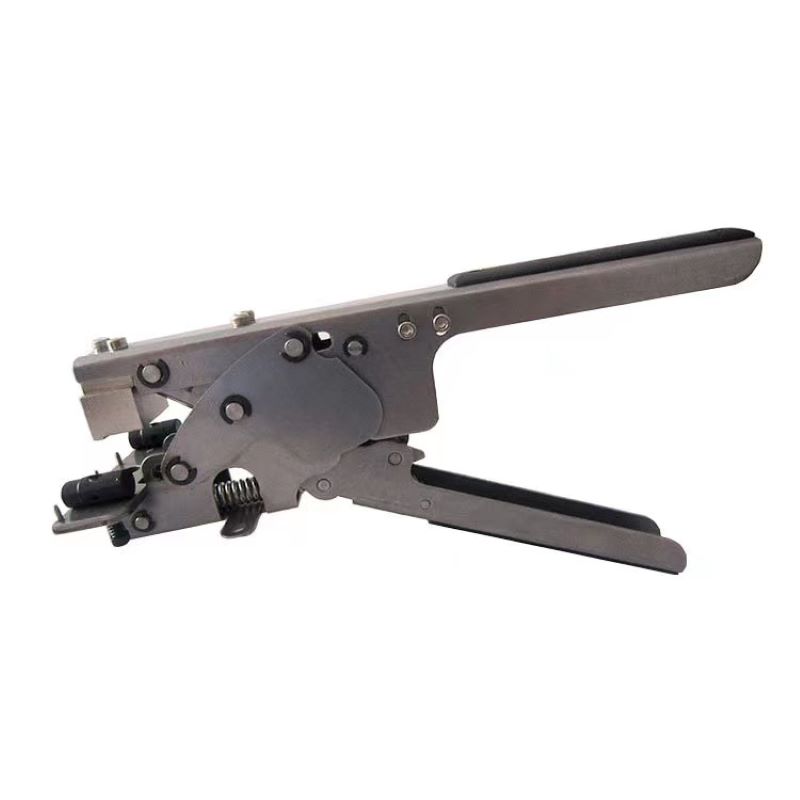TL03 SMT splicing tool
Products
Products DETAILS
TL03 SMT splicing tool
An SMT splicing tool is a specialized handheld or semi-automatic device used to precisely join two SMD carrier tapes together during the splicing process in Surface Mount Technology (SMT) assembly. This tool ensures that the splice is aligned perfectly for seamless feeding through a pick-and-place machine.
What Is an SMT Splicing Tool?
An SMT splicing tool is used to connect the end of one component tape to the beginning of another, usually when switching from an empty reel to a new one. This helps avoid stopping the production line and reduces machine downtime.
The tool ensures:
-
Accurate alignment of sprocket holes
-
Strong and secure tape bonding
-
Consistent splicing quality
Types of SMT Splicing Tools
1. Manual Splicing Tool (Handheld Pliers)
-
Used to apply splice tape and/or metal clips with precision
-
Often includes a guide rail for hole alignment
-
Lightweight and easy to use
-
Suitable for most SMT carrier tapes (paper or embossed)
2. Automatic or Semi-Automatic Splicing Machines
-
Used in higher-volume environments
-
Provide very accurate alignment and bonding
-
Often include integrated tape cutting and clip application
-
Some models are electric or pneumatic
3. Splicing Tool with Jig or Guide Fixture
-
A base platform or guide with slots for aligning tape edges and sprocket holes
-
Ensures straight, pitch-accurate splicing
-
Often used with handheld applicators
Key Components Used with Splicing Tools
-
Splice tape: Double-sided adhesive tape or reinforced splice strips
-
Metal clips or shims: Provide mechanical strength to the splice
-
Punch tools (optional): Create alignment holes if needed
Benefits
-
Prevents machine stops during reel changes
-
Maintains perfect pitch and alignment
-
Improves component placement accuracy
-
Reduces scrap and rework
-
Saves operator time and effort
Buying Tips
-
Choose a tool based on the carrier tape width (e.g. 8mm, 12mm)
-
Make sure it supports your tape type (paper or embossed plastic)
-
Consider whether you want manual or automatic operation
-
Look for precision alignment features if you're running high-speed machines





